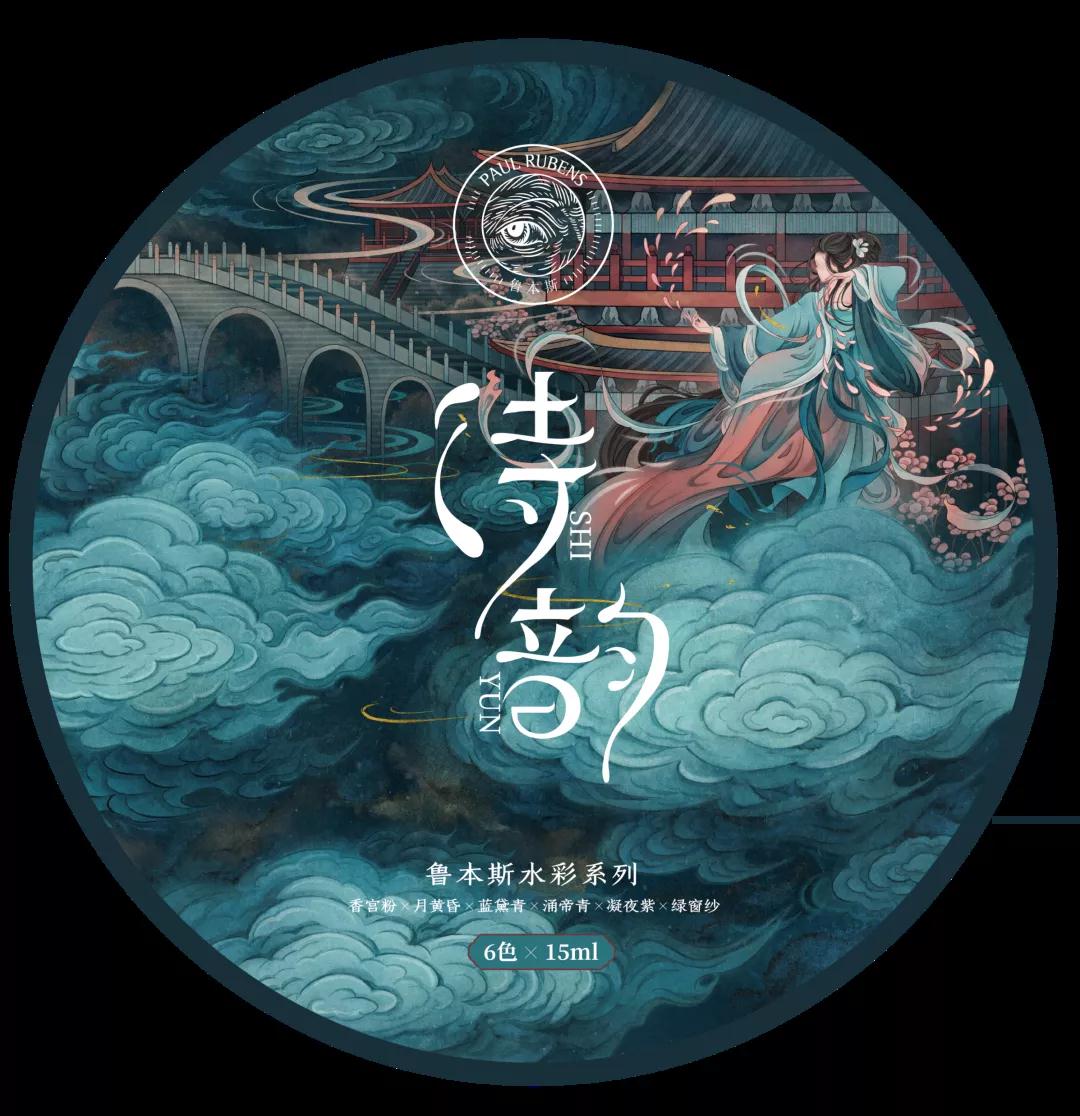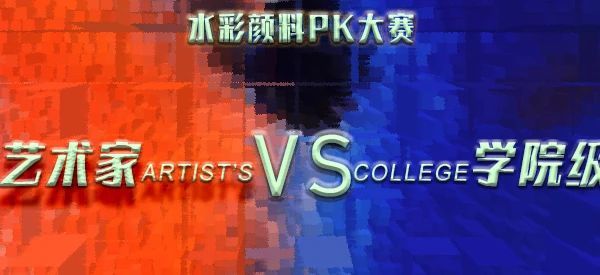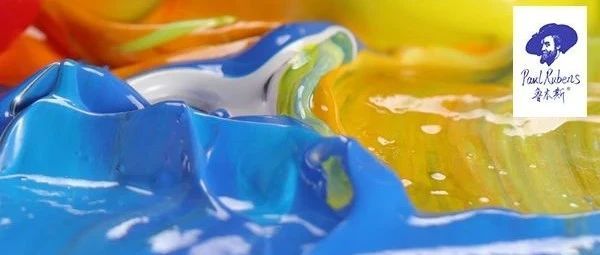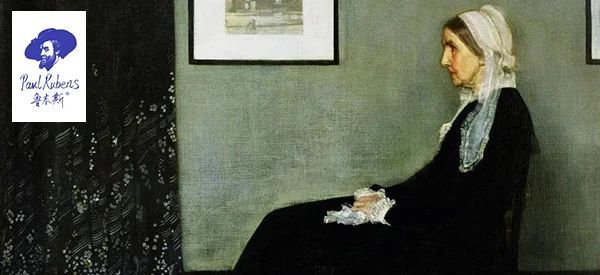In the above two issues, we talked about the white and yellow mineral colors in oil paints, but in this issue, Mr. Lu will talk to you about these mineral reds, which ones are there? The answer will be revealed soon.
【Hint】 All the drying time we mentioned below refers to the drying time when the pigment is applied to the canvas alone with a thickness of 15 microns and the temperature is controlled at 26 degrees Celsius. The specific drying time will be affected by the thickness, dryness of the oil and temperature of the painter's application. The thicker the paint, the longer the drying time, and the same goes for the temperature and the drying time of the paint, while the different drying oils can be referred to After so many years of painting, do you know how to choose a drying oil for oil painting? This article.
Cinnabar
First is our traditional mineral color cinnabar, also known as cinnabar, the powder is red in color and its chemical composition is natural mercury sulfide (HgS), often interspersed with minerals such as stannum and apatite. In nature, cinnabar exists mostly in crystal form, and its color ranges from bright red to deep red and blackish red. Cinnabar has been used as a pigment since long ago, and its bright red color is loved by painters, Chinese calligraphy and painting is called "Danqing", where "Dan" means cinnabar, which is indispensable in calligraphy and painting pigments. The main ingredient of the "Eight Treasures of Printing Clay" is also vermilion.

By now there are several vermilion oil paints: French vermilion, English vermilion and our own Chinese vermilion. Now we focus on our own cinnabar, which is composed of red hexagonal crystalline mercury sulfide, with a relative density of 8.10/cm. The drying time of the pigment is about 96±5 hours (that is, about four days and four nights). This is one of the reasons why paintings from thousands of years ago are still in vivid colors.

Because vermilion darkens in direct sunlight, it is important to avoid direct light when using and preserving paintings. Ancient masters would apply a layer of wax or a transparent protective color to the surface when using vermilion for this same reason.
In addition, because the chemical reaction between copper and mercury sulfide produces black-brown copper sulfide, vermilion should also avoid mixing with pigments containing copper. And the blending of vermilion with heavier colors such as (pu blue) will also result in the phenomenon of flooding. So it should also be avoided when using.
As we also gave you when we talked about white pigment, generally the inorganic pigment with relatively large density, its weight will also be heavier, so we also tested its weight. As the following figure.

In addition, as a brighter color, you may consider the space for color downgrading when using it, so we made a mixture of zinc white
and vermilion five different ratios of pigments to let you see the saturation of its pigments.

Then we also did the mixing of vermilion with titanium white, lead white, zinc white and zinc titanium white.

Coralite
Compared to vermilion, coralite is much lighter in color, and this can be seen by looking at the differences between the two color cards.

Coralite is a red pigment extracted from coral stone made from the excrement accumulation of beautiful coral insects. It is also a member of the transparent color family and is a translucent color. It has the same drying time as cinnabar, around 96±5 hours (that is, around four days and four nights), and is not as durable as cinnabar, but it is more durable than organic pigments.

Since the color of coral stone is close to skin tone, it can be used as skin tone in painting, or as a bridging layer.
Earthen Red
When it comes to red mineral colors, we have to mention earth reds, so let's talk about them one by one.
Pozzuoli Earthen Red

Pozzucco, which is a result of the earthy red color that comes from the natural red color of the earth in the Pozzuoli region of Italy, which is rich in iron oxide natural red earth material. Its chemical molecular formula is: Fe203, with strong UV absorption, light resistance and excellent atmospheric performance. The pigment also has a drying time of about 96±5 hours (that is, about four days and four nights) for a transparent color.
British earth red

As the name suggests, this is a kind of earth red pigment from England, its chemical molecular formula is also Fe203, the basic physical properties of the pigment are similar to Pozzuoli earth red, but its drying time is shorter than Pozzuoli earth red, the drying time is about 72±5 hours (that is, about three days and three nights) is also a transparent color, excellent light resistance, and not easy to change color after a long time.
Venetian earth red

Venetian earth red is a warm earthy red color with a slight orange tendency, also known as red ochre, light red. It is extracted from the Venetian region, an earthy natural mineral rich in iron oxide, with the chemical formula Fe203, and has a strong resistance to light and atmosphere, with a drying time of about 72 ± 5 hours (that is, about three days and three nights), like the British earth red, and of course it is a transparent color.
Indian Red

Indian red in these several earth red, is the darkest color, from the color card even a little brown, its main component is also Fe203, its drying time is also about 72 ± 5 hours (that is, about three days and three nights), is also a transparent color, light resistance, durability is also relatively excellent, not easy to change color over time.
You may have noticed that the above several types of earth red, their main components are Fe203, but their color difference, this is mainly because the color of iron oxide red, mainly depends on the size and shape of the pigment particles, generally the larger the particle size, the lighter the color.
[Here, also add an extra point, for the pigment particles are not the finer the better, theoretically different nature of color pigments have different best particle size, color pigment particle size is too fine will affect the coloring power and toughness of the pigment. It may even lead to the change of color phase, the same color pigment over-grinding may become darker or even another color, for example, blue over-grinding may become purple].

The above several kinds of earth red, we can do when using a large area of laying color use, can also do local brightening, of course, we do not think that most of the earth red is used to paint red land, or some traditional paintings, in fact, the earth red is very wide range of uses, such as head portrait dark - earth red plus ivory black (the Nordic school, more transparent), earth red with emerald green (Eastern European school). To paint very white women's bodies, white, earthy yellow, earthy red, pink green, and medium green are the basic colors, and sometimes vermilion is needed. In short, how these colors go is still up to the artists and painters to use for the desired color effect. Of course, if you understand some of its basic physical and chemical properties of pigments, then you can use these pigments with more confidence.
After sharing so many reds with you above, I will tell you about these somewhat alternative reds: red brown earth, light brown earth, Cassel brown earth, and Van Dyke brown. We will tell you about them one by one.
Red Brown

Red brown clay, the main component of iron oxide brown, referred to as iron brown, is a mixture of iron oxide red and ferrous oxide, its chemical molecular formula is Fe203*nH2O* + A12O3 MnO2 + Si, the color on the color card presents a reddish brown, thin coating reddish, thick coating is shown as brown.
It has a drying time of about 96±5 hours (that is, about four days and four nights), and is also a transparent color, with excellent coloring power and light resistance, durability, and stable color performance, and can be mixed with most pigments, but it may produce color changes with pigments containing sulfur, so it is not recommended to be mixed with pigments containing sulfur.
Light brown earth

The main component of light brown earth is also iron oxide brown, and its chemical molecule is Fe203*nH2O*+A12O3 MnO2+Si. From the color card, it even shows the tendency of earth color, which becomes brown when thinly coated and close to earth color when thickly coated. However, from the physical properties of pigment, it also belongs to transparent color system, drying time is the same as red brown clay, about 96±5 hours (that is, about four days and four nights), light resistance, good durability and more stable color performance, but it is also not recommended to be mixed with pigments containing sulfur.
Cassel Brown Clay

The main component of Castle Brown Earth is iron oxide brown, whose chemical molecular formula is Fe (OH)3 * Mn. From the color card, its color is close to black, but not like a very pure black, and it is also a translucent color with coverage when applied thickly. The drying time of the pigment is about 120 hours ±5 (that is, about five days and five nights.) It is also highly resistant to light and durable, and does not change color easily over time.
Van Dyke Brown

In the early days, there were also oil paints like Van Dyke Brown, but they were eliminated because of their poor color durability. The Van Dyke Brown we are introducing now, which is extracted from an earthy natural mineral rich in iron oxide, has greatly enhanced the light resistance and durability of the color. Its drying time is also 120 hours ± 5 (that is, about five days and five nights.) It is also a transparent color. When thinly applied, it appears reddish brown, and thickly applied color deepens with blackish brown.

The above four brown earths, the main component of their coloring materials are iron oxide brown, but because of their specific chemical molecular formula is different, so their colors also show different hues. In some paintings, some brown earth color will be used to transition and articulate the painting layer, especially when painting the kind of red land, is a very good choice, and in some "soy sauce tone" oil painting will also be used, of course, these are some more basic usage, the specific how to use or depends on the painter artists themselves.
Here, we also give you a mix of it and titanium white, to see how it mixes, I hope to give you some reference in the mix.

After talking about brown earth color is brown, let's take a look at the difference between Cebros dark brown and Cebros mature brown.

Before introducing these two pigments, I would like to add an additional point about the difference between raw brown and cooked brown.
The traditional raw brown pigment is made of natural brown earth or with a little bone black, while the modern raw brown is a mixture of brown and black based on synthetic iron oxide, both of which have very stable properties.
The color of raw brown is cold and blackish, translucent, with excellent light resistance, and compatible with both warm and cold colors, so it is very suitable for oil painting.
Cooked brown is made from natural brown clay calcined and processed, also called calcined ochre, with a warmer tone, lighter than raw brown, and less transparent than raw brown, but basically the same light resistance and other aspects.
It is also used in oil painting, especially in the base color of oil figures, where it is easy to connect with the darker parts of the skin.

Now we officially enter the Cebros dark brown, which of course is not the raw brown mentioned above, but an earthy brown color of Cypriot origin. Its main component is iron oxide brown, whose chemical molecular formula is Fe203*nH2O*+A12O3 MnO2+Si. drying time is about 120±5 hours (that's about five days and five nights.) Translucent pigment. Good light resistance and durability, and the color performance is stable, suitable for oil painting starting.
The main component of Cebros cooked brown is also iron oxide brown, the chemical molecular formula Fe203*nH2O*+A12O3 MnO2+Si. you may find that its chemical molecular formula is very similar to dark brown, the only difference is that there is a difference in the n water molecules. It is because of this difference that their color phase is also different.

Cebros Cooked Brown Clay, also a translucent color, has the same drying time as Cebros Dark Brown, excellent light resistance and durability, and is easy to articulate with the dark skin color when painting the underlying color draft of oil figures.
Likewise, you can also see its mixing effect, here it is used to mix with titanium white.

Finally there are three more pigments, the article is too long, thank you in advance for your patience to read.

Let's look at Cebros cooked ochre first, the main component of its pigment is also iron oxide, but calcined iron oxide, which has a molecular formula of Fe203+*H2O*+ A12O3 (60%) + Manganese Dioxide (1%), with a reddish hue and a warm tone. The drying time of the pigment is about 96±5 hours (that is, about four days and four nights.) It is a transparent color from the viewpoint of color transparency property. It has good light resistance and durability, and its color performance is stable and does not change color easily over time.

Jiaocha and Jiaochao are put together simply because they both have the same word Jiao, but of course they are quite different in color, which can be clearly known through their color cards.

Jiaocha and Jiaochao are both composed mainly of iron oxide, but Jiaocha is greenish in color and Jiaochao is reddish. Both are transparent and have a drying time of about 120±5 hours (that is, about five days and five nights.) Good light durability and stable color, their use can be referred to Cassel Brown clay and Van Dyke Brown.

We also made a mix of them and titanium white. The picture below.

The article is too long, so thanks again for your patience in reading it, and of course there are some shortcomings, so thanks for your understanding.





